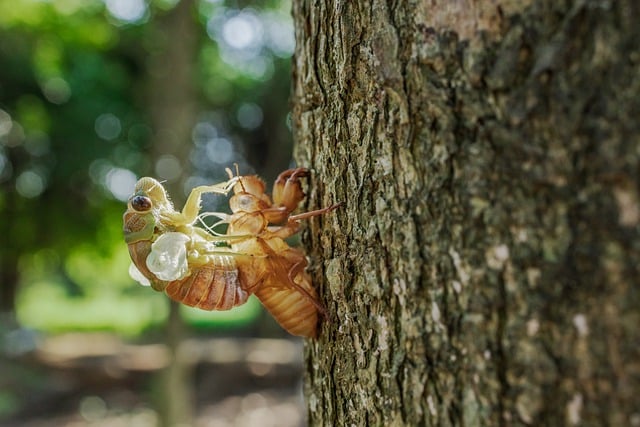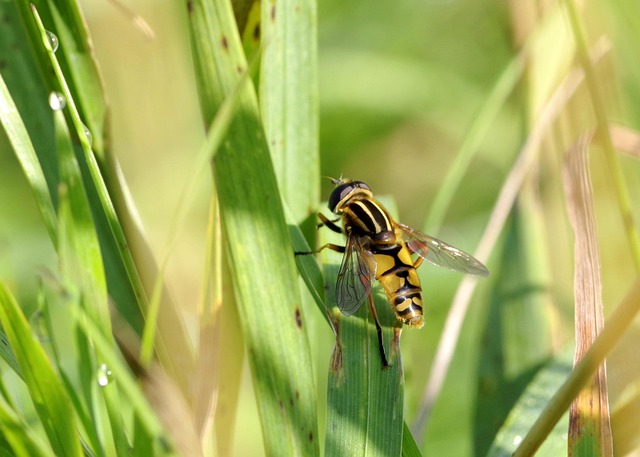
Insect Reproduction: Fascinating Insights into Nature’s Tiny Wonders
Understanding Insect Reproduction
Insect reproduction is a captivating aspect of the natural world that often goes unnoticed. These tiny creatures, so abundant in our environment, play vital roles in ecosystems and offer a plethora of fascinating insights into life itself. As we delve into the intricacies of how insects reproduce, we reveal the complexity and beauty of nature’s smallest wonders.
The Diversity of Insect Reproductive Strategies
What makes insect reproduction particularly intriguing is the incredible diversity of strategies that these creatures have evolved. From the spectacular courtship dances of the Fireflies to the elaborate and sometimes bizarre mating rituals of Praying Mantises, insects display a wide variety of behaviors that ensure the continuation of their species.
Indeed, depending on the species, insects can reproduce sexually or asexually. While many insects engage in traditional mating, recent studies have uncovered various forms of reproduction such as parthenogenesis, where females produce offspring from unfertilized eggs, and even viviparity in some species, giving birth to live young rather than laying eggs. This adaptability in their reproductive methods showcases the resilience of insects in varying environmental conditions.
Life Cycles and Development
The life cycle of insects is another aspect that beautifully illustrates the wonders of insect reproduction. The metamorphosis process, particularly seen in butterflies and beetles, is a dramatic transformation that captures the imagination. It begins with the egg stage, where the larvae hatch, followed by the pupa stage, culminating in the emergence of the adult insect. This fascinating transformation not only highlights the life cycle diversity but also the significance of reproduction in completing these cycles.
Pollination and Ecosystem Balance
Insect reproduction is also closely tied to the health of our ecosystems. Many pollinators, such as bees and butterflies, engage in reproduction while playing an essential role in plant pollination, which in turn supports the broader food web. Their successful reproduction leads to abundant populations, which is crucial for sustaining both the insects and the plants they pollinate. This relationship accentuates the interconnectedness of life and reinforces the importance of preserving these small yet mighty creatures.
A Window into Biodiversity
As we explore insect reproduction, we garner a deeper appreciation for biodiversity and the essential roles many insect species play in our ecosystems. From the minutest ant to the mesmerizing dragonfly, each insect contributes to a larger tapestry of life, reinforcing the notion that every creature, no matter how small, has a pivotal role in the balance of nature.
A greater understanding of insect reproduction not only enriches our appreciation for these fascinating beings but also raises awareness about the conservation efforts needed to protect their habitats. As we respect and marvel at the incredible intricacies of insect life, we foster a deeper connection to the natural world around us.


